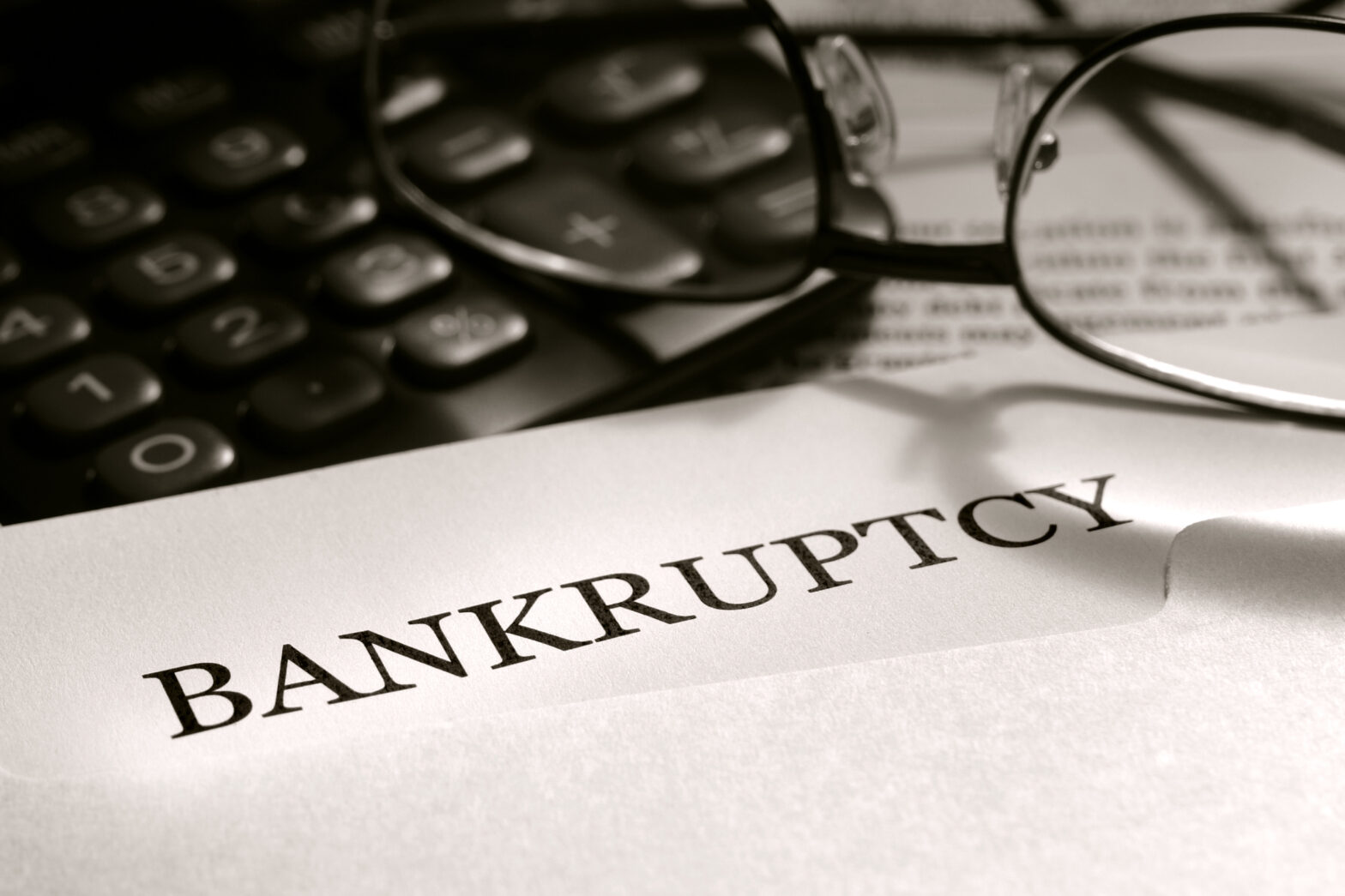Teetering on the cliff of business success, you can still see the SMEs that have slipped into the pitiless ravine of bankruptcy.
There they are, bent and broken in this increasingly grim visual metaphor. But, as you edge slowly towards the glistening precipice of success (thank god we’re back on cheerier metaphorical ground), it’s important to bear in mind where those less profitable SMEs went wrong.
According to national newspaper the Daily Express, an estimated 100,000 SMEs have failed to keep their doors open since 2008’s economic meltdown – and many more are folding even in the midst of recovery.
And, in many cases, an aversion to spreadsheets, numbers and figures lies at the root of the problem.
Like a chronic gambler insisting that he’s ‘got a system’ as he places his Rolex and car keys on lucky red 13, many small business owners are pushing themselves into debt without considering the long-term consequences of their actions.
So, what are the core cash-saving initiatives that could snatch your business away from that precipice of doom?
You’ve got the power
According to the Carbon Trust, UK businesses could save £300 million per year with a few simple steps to cut energy use.
There’s an easier fix than you might think – simply raise awareness.
In a recent survey, 79 per cent of workers said they hadn’t been asked to think about saving energy at work. But a majority in the same survey said they would take action if their efforts were recognised.
On a less psychological level, there are a few more practical energy-savers. Invest in automated meter reading, which will send your meter readings directly to suppliers, avoiding the cost of engineer call-outs.
Plus, check the energy rating of your computers and appliances. Much like ripping off a plaster quickly, you’ll find that a one-time eco-overhaul of your equipment will slash your bills in the long run.
The internet applies to you
Even the smallest business is working in a global environment nowadays, what with the internet sitting constantly on the fringes of customer consciousness.
While the internet behemoths like Amazon are leaving SMEs behind in a trail of dust, it doesn’t mean that David can never beat Goliath.
By using neat tricks like effective website layout, content relevant to your customers and Search Engine Optimisation (SEO), you’re essentially turning David’s wimpy catapult into a heat-seeking missile – in customer service terms, obviously.
And with a heavier focus on the online aspect of your business, you can cut the costs of your premises and staff size (incidentally, two of the highest expenditures in any business).
Bad debt is bad debt
Every company has to deal with bad debt at some point or another, whether it’s from a dodgy client or an unreliable business partner – and their evasions could prove devastating to your finances, forcing you to dip into overdrafts or ‘rainy day’ funds like a chronic gambler breaking open his child’s piggy bank (don’t worry – he definitely has a system).
In an interview with the Guardian, business owner Xavier de Lecaros-Aquise recommends using outside sources to chase up on bad credit.
‘I always use business debt collection solicitors,’ he says. ‘An unpaid invoice can be the difference between success and failure and for just £2 we can issue a letter before action. Instead of chasing debts, we can focus our time and energy on growing the business and exploring opportunities.’
See also: Debt recovery explained – a guide for your small business





